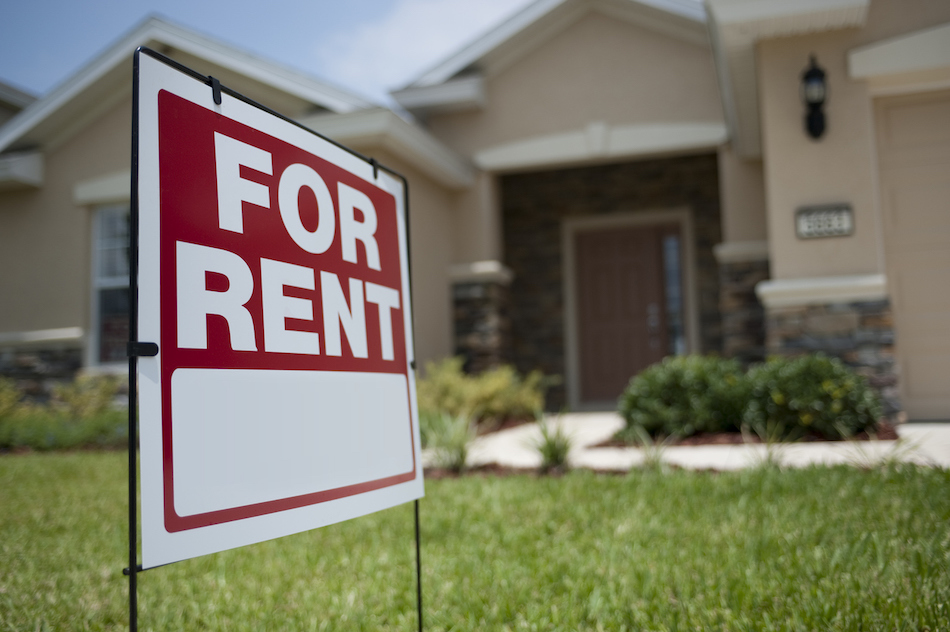Many investors ask the question of how many properties they will need to retire on. The short answer is that there is no magic formula—everyone’s retirement goals are different, not all investment properties perform similarly, and predicting the future is impossible.
Nonetheless, with careful analysis, you may be able to develop a plan for building a rental property portfolio that will help supplement—or maybe even replace—your income during retirement.
In this article, we’ll explain how to build a retirement portfolio of rental properties, and explain how someone might calculate the number of rental properties they need to generate retirement income.
Key takeaways
- Owning rental properties in retirement can generate cash flow needed to pay for living expenses.
- Cash-on-cash return is a key metric used to calculate how many rental properties are needed for retirement.
- Investors use the rental property retirement formula to calculate how many homes are needed to retire.
- The number of homes needed for retirement varies based on lifestyle and other sources of income in retirement.
Why people use rental property to generate retirement income
There are numerous ways that people could retire, such as investing in “growth” stocks, relying on a pension or retirement savings plan, depending on Social Security, or living frugally and saving as much money as possible. Or, a combination of all of the above.
So why is it that people use rental property to retire?
The answer is that unlike the traditional ways to retire, real estate investments provide several unique benefits to help people to retire on real estate:
Cash flow
One of the main reasons people use rental property to retire is for the cash flow or cash-on-cash return. Cash-on-cash return representss the pre-tax cash income earned on the cash invested in a property. It is calculated using the following formula:
- Cash-on-Cash Return = Annual Pre-Tax Cash Flow / Total Cash Invested
If an investor paid $95,000 for a rental property and earned an annual pre-tax cash flow of $5,500 per year, the cash-on-cash return would be 5.8%:
- $5,500 pre-tax cash flow / $95,000 total cash invested = 0.058 or 5.8%
The tenant pays the rent, the investor pays for operating expenses and repairs, and keeps the remaining cash flow or cash-on-cash return as profit.
There may be times when cash flow may be lower than expected, or even negative, such as when the owner has to make unexpected repairs or takes longer than planned to find a qualified tenant. To budget for times when cash flow is low, investors set up a reserve account to pay the mortgage and operating expenses until cash flow returns to normal.
Appreciation
Home prices in the U.S. historically have increased over time. As the Federal Reserve Bank of St. Louis reports, the median sales price of houses sold for the United States have more than doubled since Q1 2000.
Of course, nothing goes up in a straight line, and real estate is no exception. For example, during the recession of 2007 – 2009 home prices dropped by nearly 25% and millions of people lost their homes due to foreclosure.
That’s why many real estate investors buy-and-hold rental property for retirement over the long term, through all phases of the normal real estate cycle.
Leverage
Investing in real estate allows people to control 100% of a rental property by using a small down payment and leverage.
As a rule of thumb, most real estate investors use a conservative down payment of 25% to finance a rental property.
For example, if a single-family rental home in Birmingham, Alabama costs $95,000, an investor receives all of the rental income, cash flow from the property, along with any increase in equity all for a down payment of just $23,750.
Tax benefits
One of the biggest tax benefits of owning rental property is the depreciation expense that the IRS allows investors to take to reduce taxable net income. Depreciation in real estate lets investors pay fewer taxes. The extra income saved from paying less tax contributes to the amount of retirement savings.
To illustrate, assume the rental home in Birmingham generates a total net cash flow of $5,500 per year when the home is owned free and clear.
Depreciation is calculated on the cost basis of the home minus the value of the land over a period of 27.5 years. So, if the lot is worth $10,000 the annual depreciation expense would be $3,091:
- $95,000 home value - $10,000 lot value = $85,000 cost basis
- $85,000 cost basis / 27.5 years = $3,091 annual depreciation expense
Instead of paying tax on $5,500 each year, the investor would be taxed on $2,409, which is the taxable income remaining after the depreciation expense has been claimed.
How many rental properties do you need to generate your target income in retirement?
Now that we know why people use rental property to retire, let’s take a look at how many rental properties someone might need in retirement. We can back into the answer to this question by asking how much money someone needs to support themselves in retirement, then use a little bit of reverse engineering.
Rental property retirement formula
Many people use a retirement calculator to estimate how much money they need when investing in traditional assets like stocks and bonds. Fortunately, the formula for rental property retirement is pretty straightforward:
- I = M x C
Where I is the income needed in retirement to pay for living expenses, M is the money invested in rental property, and C is the cash-on-cash return the rental property generates.
Number of rentals needed for retirement
Calculating the number of rental properties to retire does get a little bit tricky. That’s because the amount of money needed to pay for retirement expenses varies from one person to the next based on their retirement lifestyle. For example, one retiree may be happy staying at home and playing golf a few days a week, while another may want to travel six months out of the year.
With that in mind, let’s look at some examples of how to calculate the number of rental properties needed to retire using the rental property retirement formula of I = M x C.
As long as we know two of the three variables in the formula - I = income in retirement, M = money invested in rental property, C = cash-on-cash return - we can solve for the third.
Target retirement income: $60,000 per year from seven homes
To begin, let’s assume that a retiree would like to have a gross income of $60,000 per year from a rental property retirement portfolio. If the average cash-on-cash return is 6%, an investor would need $1 million invested in real estate:
- I = M x C
- M = I / C
- $60,000 Income / 6% Cash-on-cash return = $1,000,000 Money invested in rental property
The number of rental properties needed to retire based on this example depends on the average property price and cash-on-cash return generated.
If the average cost of each rental home is $140,000 and the average cash-on-cash return is 6%, an investor would need about seven rental homes to generate retirement income of $60,000.
Target retirement income: $48,000 per year from five homes
However, if the investor were able to retire on $4,000 per month and generate an average 7% cash-on-cash return from a rental property retirement portfolio, the money needed to invest in rental property would be $685,714:
- $48,000 Income / 7% Cash-on-cash return = $685,714 Money invested in rental property
In this case, an investor would need about five rental homes to retire, assuming an average home price of $140,000 and an average cash-on-cash return of 6%.
Other uses for the rental property retirement formula
The rental property retirement formula can also be used to determine the cash-on-cash return required to provide a desired amount of retirement income.
For example, an investor might have $750,000 sitting in a retirement account and would like to know the required cash-on-cash return needed to generate $48,000 in pre-tax retirement income. By rearranging the rental property retirement formula, the investor learns that the cash-on-cash return needed is 6.4%:
- I = M x C
- C = I / M
- $48,000 Income / $750,000 Money invested in rental property = 0.064 or 6.4% Cash-on-cash return
If an investor only wanted to allocate part of the retirement savings to a rental property portfolio, say $500,000 for example, the average cash-on-cash return needed would be 9.6%:
- $48,000 Income / $500,000 Money invested in rental property = 0.096 or 9.6%

Sample rental property retirement portfolio
Here’s a example of what an income and expense statement might look like for a sample rental property retirement portfolio with every home owned free and clear of mortgage debt:
- Number of rental properties = 7
- Total money invested in rental properties = $840,000 or $120,000 per property
- Total gross rental income/year = $100,800 or $14,400 per property per year
- Total operating expenses/year = $45,360 or 45% of gross rental income
- Total cash flow/year = $55,440 or $7,920 per property per year
By using the rental property retirement formula, the cash-on-cash return from this sample rental property retirement portfolio is 6.6%:
- Cash-on-cash return = Income / Money invested
- $55,400 portfolio income / $840,000 money invested = 6.6% cash-on-cash return
Where to find rental properties with good returns
The key to retiring with rental property income is to find homes that are reasonably priced with good cash-on-cash returns. Roofstock is used by real estate investors around the world to find and purchase single-family rental homes and small multifamily properties in the U.S.
At any one time there are hundreds of single-family rental homes and small multifamily buildings listed for sale, often already rented to a tenant. Investors can analyze homes for sale with higher yield and lower list price in some of the best real estate markets in the country to own rental property, and complete the buying process entirely online.










